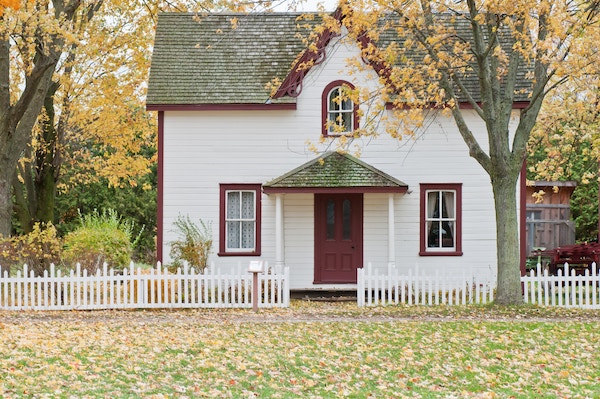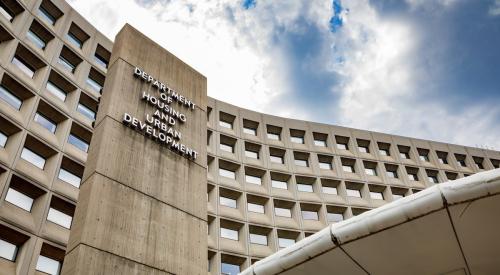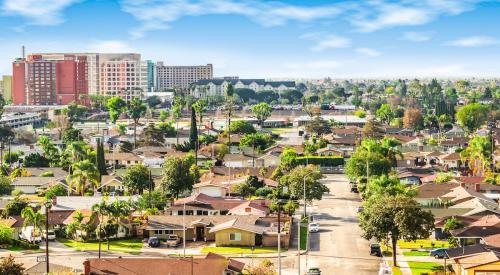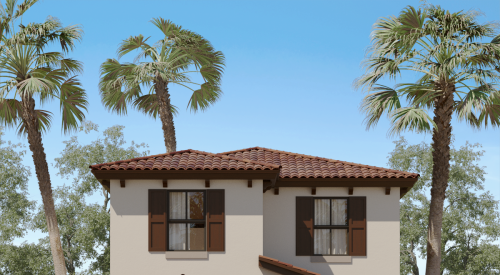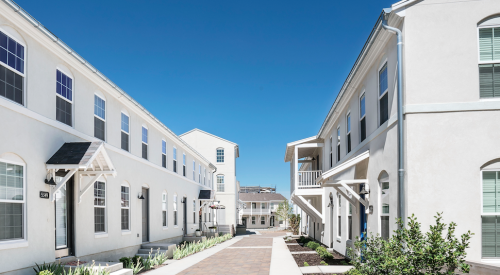Does sharing walls or sitting in traffic on the way to work sound worse? It’s a real life game of “Would You Rather?,” and Redfin found that most millennials would take a long commute over listening to the neighbors’ boisterous children or marital disputes. Potential homebuyers are still overwhelmingly interested in single-family homes, although the preference weakens in more expensive cities.
Since the middle of the 20th century, one common image of the American Dream has been a suburban detached single-family home with a lush lawn and a picket fence. But in many major U.S. cities, the single-family-only zoning policies that preserve the idea come with sky-high housing costs, a homelessness crisis and racial and socioeconomic segregation.
Many housing policy experts believe the heyday of the single-family home should come to an end, and some local governments, including those in Minneapolis and Oregon, have altered zoning laws in an attempt to make homes more affordable and curb segregation. But changing zoning to allow for denser housing will only have a measurable impact on the makeup of regions if Americans are interested in changing the way we live. Below we examine the question: Is the nation moving toward a future of multi-family homes in walkable, densely populated areas, or will Americans hold on tight to their single-family houses?
